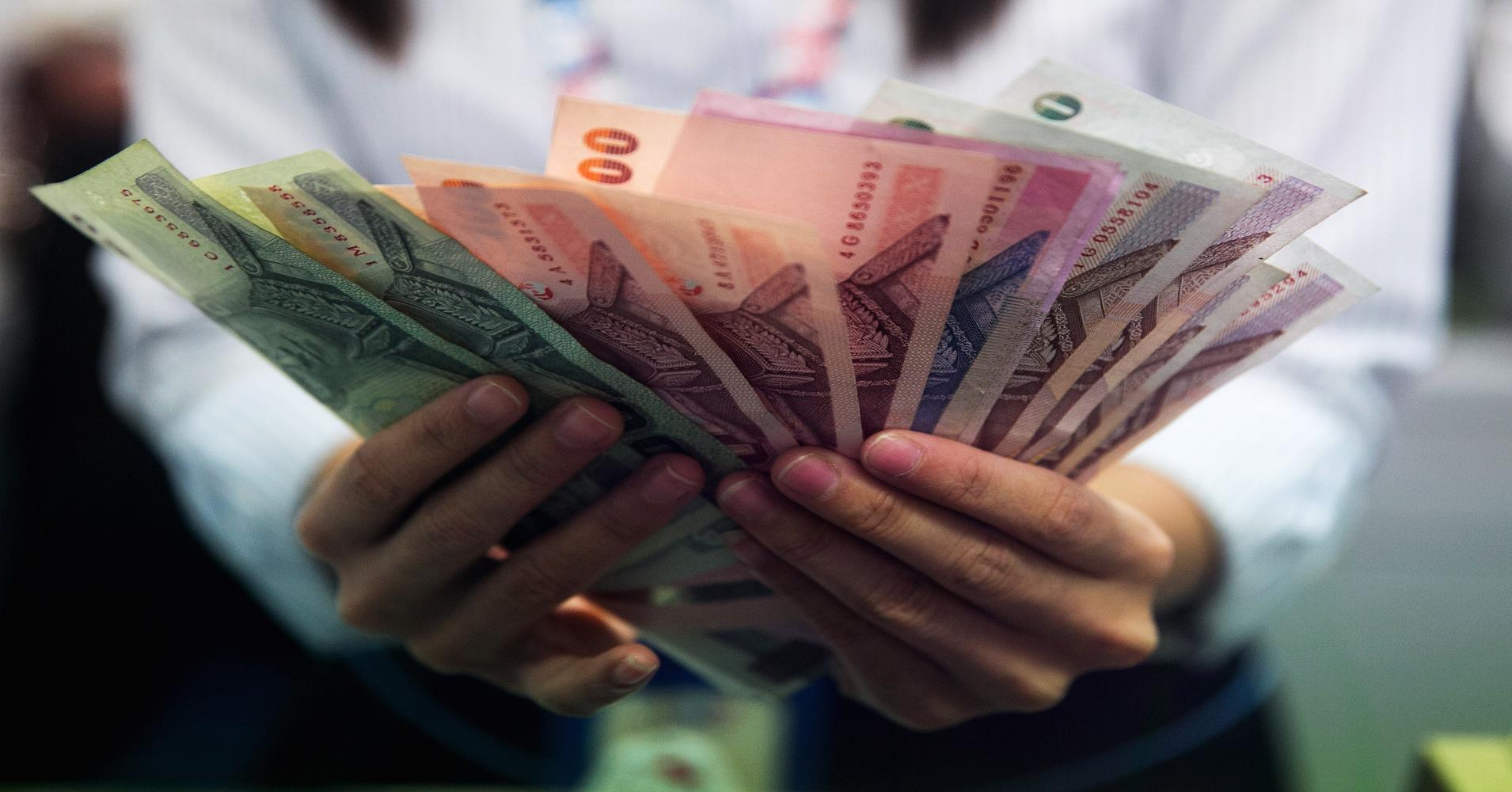
Want to know where the real action will be over the coming months? Forget stocks, think foreign exchange. There are tectonic moves afoot in the currency markets these days. During the past year the Polish zloty has fallen by 23% against the euro and 11% the Hungarian forint. Now both countries are talking about replacing their currencies with the euro. The International Monetary Fund likes this idea and wants other European countries to “euroize” as fast as possible.
The Chinese are wringing their hands over the U.S. Federal Reserve’s ballooning balance sheet. Beijing is threatening to halt its Treasury buying if the dollar slides and has suggested that IMF Special Drawing Rights (SDR) replace the greenback as the world’s premier reserve currency. A United Nations panel has seconded China’s motion, but just in case it doesn’t happen, China is buying gold.
Currently, dollar-denominated assets account for 64% of the world’s official foreign reserves, and the euro accounts for 27% of the total. The British pound and yen account for only 4.1% and 3.3%, respectively. In terms of the international reach of paper money, the dollar dominates, with 60% to 70% of all folding currency held overseas. The comparable figure for the second-place euro is only 10% to 15%. When it comes to foreign exchange trading, the dollar is involved in 88% of all trades.
Will the euro ever challenge the dollar’s supremacy? Not likely. Poland and Hungary want to go euro, but the European Commission and the European Central Bank are dragging their feet. So it’s not surprising that the European Union (of which Poland and Hungary are members) is openly hostile toward non-EU countries trying to adopt the euro. It is exactly this pathological insularity that I think will keep the euro from posing a threat to dollar dominance anytime soon.
One caveat relates to the experience of Montenegro, a non-EU country that is currently euroized. In late 1999 former president and current Prime Minister Milo Djukanovic (whom I was advising at the time) dumped the Yugoslav dinar and replaced it with the German mark. The mark morphed into the euro, and now Montenegrins use the euro. Indeed, this currency shift was a linchpin in Montenegro’s drive for independence in June 2006, an event followed in April of this year by the approval of Montenegro’s candidacy for EU membership.
It’s a lesson for other countries wanting to euroize. The key is to limit the role of indigenous currencies while facilitating euro use. Panama has successfully followed this strategy for a century. Most people doing business and banking in Panama think the U.S. dollar is Panama’s national currency. But it’s not. Panama’s currency is the balboa. One balboa is equal to one dollar. And while Panama issues balboa-denominated coins, it does not issue paper money. Thus Panamanians break out balboas only for small transactions requiring coins. The greenback is used for everything else.
The SDR as a dollar contender has its backers. Zhou Xiaochuan, governor of the People’s Bank of China, recently announced that Beijing wanted a new international reserve currency that would be “disconnected from economic conditions and sovereign interests of any single country.” Translation: We want a viable U.S. dollar alternative, possibly the SDR (which consists of 0.6 U.S. dollars, 0.4 euros, 18.4 yen and 0.09 British pounds). Its value fluctuates with exchange rates, and today one SDR is equal to 1.5 U.S. dollars.
But the SDR is not a tangible medium of exchange or a claim on one. It’s simply an accounting metric the IMF uses to balance its books. It has no real commercial application. So don’t look for it to displace the dollar soon.
I don’t blame Beijing for fretting over the state of the international fiat money “system.” It has $2 trillion in official foreign exchange reserves at risk. So stocking up on gold bullion is a smart move.
As currencies fluctuate over the coming months, your advisors may soon be calling you to get into the new slate of exchange-traded currency funds that have hit the market. WisdomTree recently announced ETFs for the yuan, rupee and Brazilian real. Rydex has ETFs tracking the Mexican peso, Russian ruble and Swedish krona. My advice: Stick to the shiny yellow metal, conveniently available via a number of ETFs. Unlike fiat money, it isn’t controlled by politicians and central bankers.
Author Steve H. Hanke

0 responses on "When Currencies Falter"